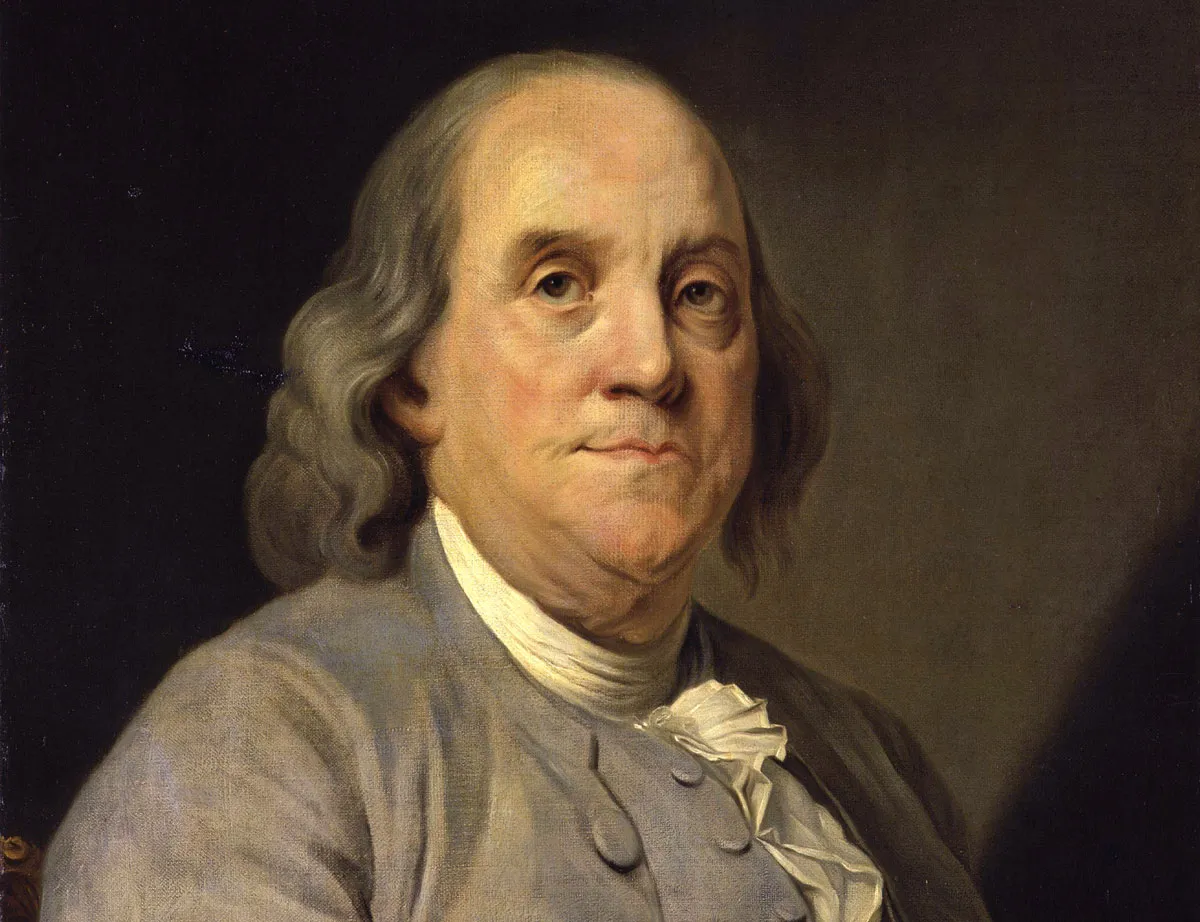ELECTRICITY: Benjamin Franklin and the Electric Men

Did you know that while many people accredit Benjamin Franklin as the one that discovered electricity with his famous kite-flying experiments in 1752, however, despite his seminal experiment, no one person can be credited with that feat as several individuals made contributions over centuries?
At first, electricity was associated with light. People wanted a cheap and safe way to light their homes, and scientists thought electricity might be a way. But learning how to produce and use electricity was not easy. For a long time there was no dependable source of electricity for experiments.
Greek philosopher THALES of Miletus discovered that rubbing amber (fossilised tree sap) with animal fur would attract objects like feathers. Without truly knowing it, he had noticed the effects of magnetism and static electricity.
In his book De Magnete, English scientist WILLIAM GILBERT (624 BCE to 546 BCE) coined the term 'electricus' in 1600, which means 'amber-like'. Polymath SIR THOMAS BROWNE later altered the word slightly, changing it to 'electricity' in 1646.
Building on Gilbert and Browne’s work, German scientist OTTO VON GUERICKE (1602-1686) successfully produced static electricity by rotating a ball of sulfur with a crank and using his free hand to rub the rotating sulfur.
STEPHEN GRAY (1666-1736) discovered the difference between electrical insulators and conductors, finding that electricity would "flow along wires".
In 1745, the two scientists, EWALD GEORG VON KLEIST (1700-1748) and PIETER VAN MUSSCHENBROEK (1692-1761) invented the Leyden jar. This was a key invention in the build-up of our understanding of electricity. The Leyden jar was a glass jar or vial coated on the inside and outside with metal foil. This device was able to store electricity. Scientists WILLIAM WATSON, HENRY CAVENDISH, and CHARLES A COULOMB all used the Leyden jar in key experiments with electricity, in the few years before Benjamin Franklin’s kite experiment.
BENJAMIN FRANKLIN (1706-1790) is famous for tying a metal key to a kite's string during a thunderstorm, proving that static electricity and lightning were indeed, the same thing. This experiment is credited with sparking the idea of using electricity as a power source.
Finally, in 1800, ALESSANDRO VOLTA (1745-1827), an Italian scientist, made a great discovery. He soaked paper in salt water, placed zinc and copper on opposite sides of the paper, and watched the chemical reaction produce an electric current. Volta had created the first electric cell. By connecting many of these cells together, Volta was able to “string a current” and create a battery. It is in honor of Volta that we rate batteries in volts. Finally, a safe and dependable source of electricity was available, making it easy for scientists to study electricity.
An English scientist, MICHAEL FARADAY (1791-1867), was the first one to realize that an electric current could be produced by passing a magnet through a copper wire. It was an amazing discovery. Almost all the electricity we use today is made with magnets and coils of copper wire in giant power plants. Both the electric generator and electric motor are based on this principle. A generator converts motion energy into electricity. A motor converts electrical energy into motion energy.
THOMAS EDISON (1847-1931), an American inventor, is renowned for his contributions to the practical application of electricity. He developed the first successful practical electric light bulb and established the world's first electric power distribution system, which was crucial in bringing electricity into homes and businesses.
NIKOLA TESLA (1856-1943), a Serbian-American inventor and engineer, made numerous advancements in the field of electrical engineering. He pioneered alternating current (AC) power transmission, which revolutionised the way electricity is generated, transmitted, and distributed
Despite how accessible electricity has become in most cities around the world, it didn’t have an easy beginning. At first, while many people were thrilled with all the new inventions, some people were afraid of electricity and wary of bringing it into their homes. They were afraid to let their children near this strange new power source. Many social critics of the day saw electricity as an end to a simpler, less hectic way of life. Poets commented that electric lights were less romantic than gaslights. Perhaps they were right, but the new electric age could not be dimmed.
SOURCES: Science Focus | Issuu
#penglobalfactfile #electricity


_1755775186.jpg)
